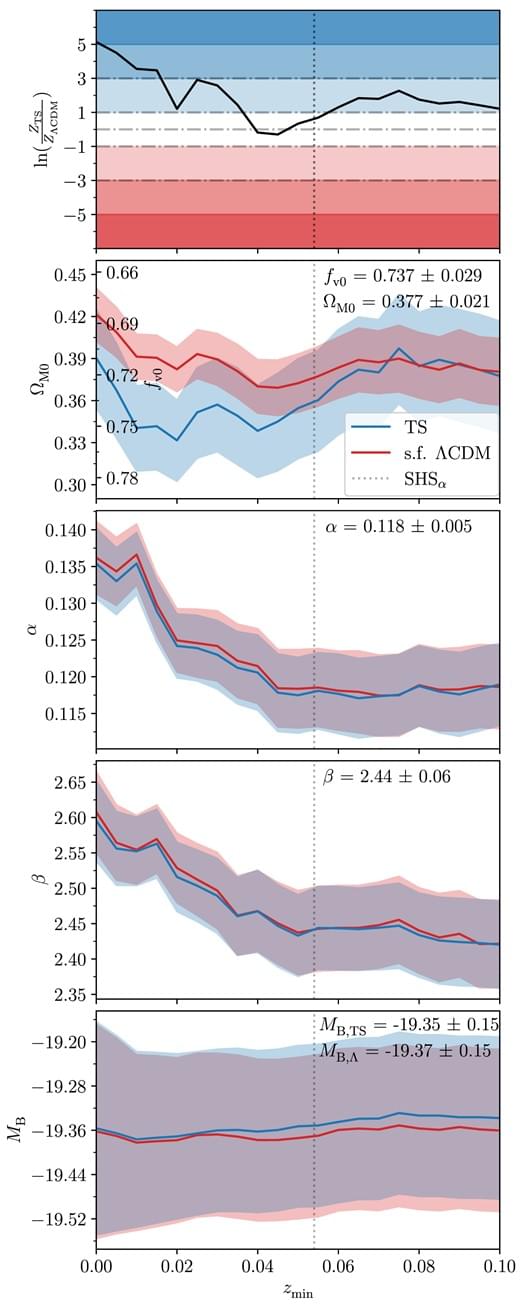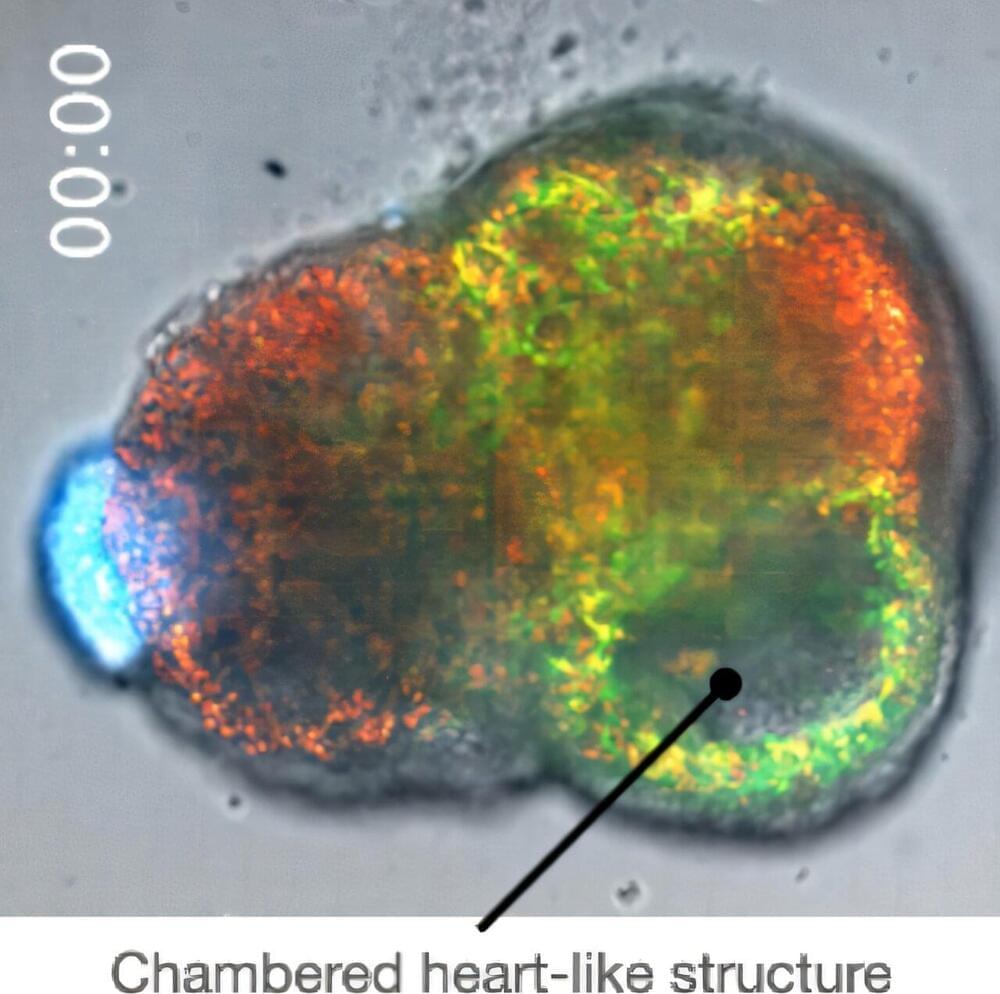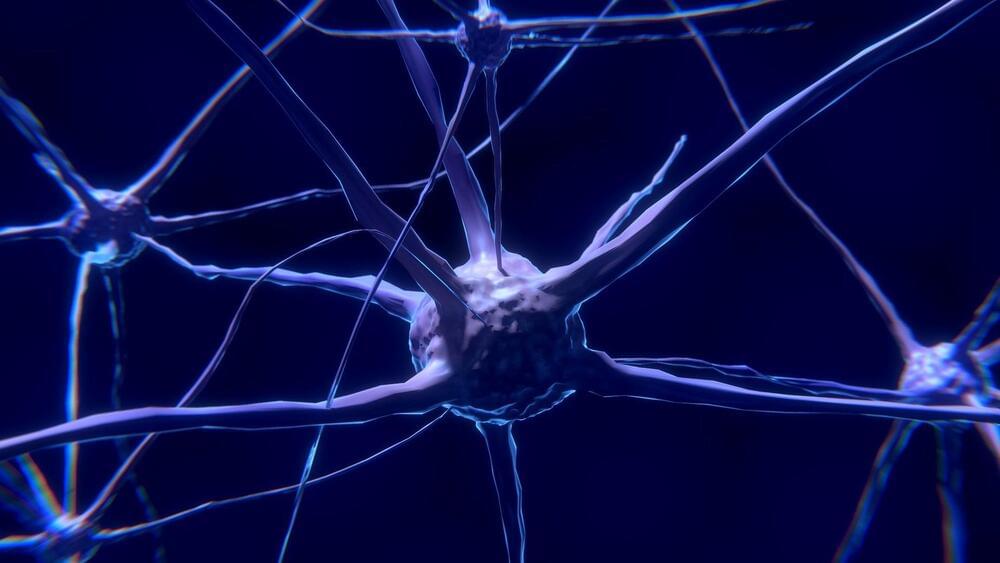In their Review article earlier this year, Fedorenko, Ivanova & Regev (Fedorenko, E., Ivanova, A. A. & Regev, T. I. The language network as a natural kind within the broader landscape of the human brain. Nat. Rev. Neurosci. 25, 289–312 (2024))1 propose a functional separation between the core language network and other perceptual, motor and higher-level cognitive components of communication-related networks in the left hemisphere of the human brain. In the ‘Open questions and a way forward’1 section that ends their Review, the authors discuss the need for cross-species comparative research to disentangle how these brain networks came to support human language. Here, we suggest that the authors’ functional separation of a core language network and other components in the human brain is grounded in the evolution of two separate structural networks within primate brains.
Fedorenko and colleagues describe the core language network as left-lateralized, and involving the middle frontal gyrus (MFG), inferior frontal gyrus (IFG), superior temporal gyrus (STG) and middle temporal gyrus (MTG). Perceptual and motor systems for speech are defined as separate subsystems located in auditory cortex and speech perception areas in the STG and motor cortex and motor planning areas1, respectively. Importantly, these functionally defined key brain areas are known to be structurally connected via dorsally and ventrally located white-matter fibre tracts, which guarantee the information flow between areas. In humans, two separate dorsal pathways that provide structural connections have been identified for two distinct networks2,3 (Fig. 1).







